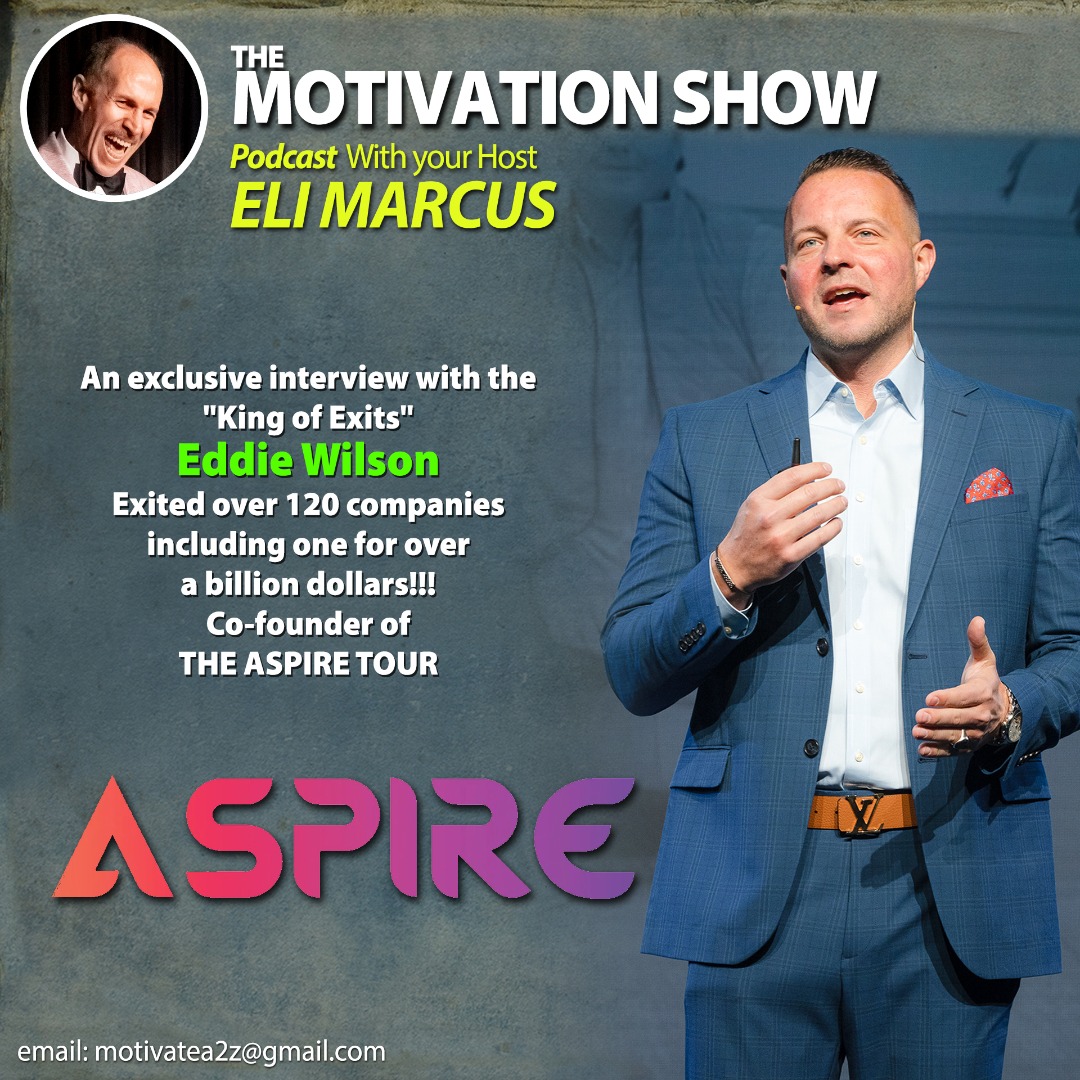Imagine this: You’re at the top of your game, leading a successful team, crushing goals, and yet, every night, you lie awake, exhausted and anxious. Burnout isn’t just lurking around the corner; it’s your constant companion. Surprising? Not really. It’s the brutal reality many leaders face today.
Leadership is often glamorized as a relentless pursuit of success, with self-care seen as a luxury or, worse, a sign of weakness. But what if I told you that this mindset is flawed and dangerous? It’s time to shatter the myth that true leaders can power through without taking care of themselves.
This article delves deep into the uncomfortable truths about balancing leadership and self-care. We’ll explore why ignoring your well-being could be the very thing that undermines your leadership. Buckle up because this will be as real and raw as it gets.
The Myth of Balancing Leadership and Self-Care
Let’s get straight: the idea that you can be a high-performing leader while neglecting self-care is pure fantasy. It’s like believing you can run a marathon without ever taking a sip of water—sounds absurd, right? Yet, many leaders still buy into this myth, thinking they can push through sheer willpower alone.
Myth #1: “Sleep is for the Weak”
How often have you heard the phrase “I’ll sleep when I’m dead”? Spoiler alert: if you keep up that mentality, you might reach that point sooner than you think. Sleep is often the first thing to go in the hustle culture of leadership. But guess what? Lack of sleep doesn’t make you a hero; it makes you a hazard. Studies show that sleep-deprived leaders are more likely to make poor decisions, struggle with creativity, and suffer from emotional volatility. “To lead others, you must first lead yourself.” – John Maxwell
Myth #2: “Real Leaders Don’t Need Breaks”
This one is a classic. The belief that taking breaks is a sign of weakness is so ingrained in our culture that it almost feels rebellious to take a lunch break. Newsflash: you’re not a robot. Even machines need downtime to function properly. Without breaks, your productivity plummets, and your stress levels skyrocket. Embrace the power of the pause. Whether a walk around the block or a weekend getaway, stepping away from work can make you a more effective leader.
“Rest and self-care are so important. When you take time to replenish your spirit, it allows you to serve others from the overflow.” – Eleanor Brownn
Myth #3: “Self-Care is Selfish”
Oh, the irony! Leaders are expected to be selfless, always putting the team first. But here’s the twist: if you don’t care for yourself, you can’t take care of your team. It’s like being on an airplane—you’re instructed to wear your oxygen mask before assisting others. Self-care isn’t selfish; it’s essential. Maintaining your physical and mental health ensures you’re at your best, which ultimately benefits everyone around you.
“You can’t pour from an empty cup. Take care of yourself first.” – Unknown
Myth #4: “Stress is Part of the Job”
Sure, leadership comes with its fair share of stress. But accepting chronic stress as just another part of the job is a recipe for disaster. Prolonged stress can lead to burnout, depression, and a host of other health issues. It’s not about eliminating stress—good luck with that—but about managing it effectively. Practices like mindfulness, exercise, and even humor can be powerful tools to control stress.
Now, let’s sprinkle in some humor. Picture this: You, a fearless leader, trying to tackle a major project after pulling an all-nighter. Your brain feels like a fried egg, and you’re more likely to misplace your keys in the fridge than devise a brilliant strategy. Hilarious, right? Not so much when it’s your reality.
So, why do these myths persist? Admitting that we need rest, breaks, and self-care feels like admitting weakness. But here’s the controversial truth: it’s not weakness; it’s wisdom. Strong leaders know their limits and aren’t afraid to push back against these outdated myths. They’re the ones who will last, not just as leaders but as healthy, happy individuals.
The Controversial Side of Balancing Leadership and Self-Care
Let’s rip the band-aid off and confront the uncomfortable truth: neglecting self-care isn’t just bad for you—it’s bad for your entire organization. We’re talking about a cascading effect that can sabotage your leadership and rip through your team like a virus.
The Domino Effect of Burnout
When leaders ignore self-care, burnout is inevitable. And when a leader burns out, it’s not a solo catastrophe. Your exhaustion and irritability seep into every interaction, breeding a toxic work environment. Your team starts to feel the pressure, morale plummets, and productivity takes a nosedive. The result? A once-thriving team now grapples with disengagement and high turnover rates.
“Taking care of yourself is part of taking care of your team.” – Unknown
The False Hero Complex
Here’s a bold statement: martyrdom in leadership is a myth. Leaders who pride themselves on working tirelessly without breaks aren’t heroes but liabilities. This false hero complex glorifies overwork and sets an unrealistic standard for your team. They feel compelled to mirror your unsustainable habits, leading to a culture of burnout. If you’re constantly running on empty, you’re not inspiring your team; you’re draining them.
The Stigma of Self-Care
In many corporate cultures, self-care is still stigmatized. Leaders fear that taking time for themselves will be perceived as a lack of commitment or strength. This stigma is not only outdated but dangerously counterproductive. By perpetuating the notion that self-care is for the weak, we undermine the foundation of effective leadership: a healthy, balanced, and clear-headed leader.
Mental Health: The Elephant in the Boardroom
Let’s talk about mental health, which too many leaders shy away from. Ignoring self-care often leads to mental health issues, ranging from chronic stress and anxiety to full-blown depression. And yet, the conversation around mental health in leadership is still cloaked in silence. This silence is deadly. It prevents leaders from seeking the help they need, compromising their ability to lead effectively.
“The best leaders are the ones who take care of themselves so they can better take care of their team.” – Simon Sinek
The Economic Cost
Neglecting self-care isn’t just a personal failure; it has tangible economic consequences. The costs associated with decreased productivity, increased sick days, and high employee turnover are staggering. Companies lose billions annually due to burnout-related issues. As a leader, your health directly impacts the bottom line. Investing in self-care is not just a personal benefit; it’s a strategic business decision.
The Hypocrisy of Leadership Development
Here’s the kicker: many leadership development programs tout the importance of resilience and stress management, yet they fail to address the root cause—self-care. It’s hypocritical to preach about building strong leaders while ignoring the foundational need for self-care. Real leadership development must include robust strategies for maintaining physical and mental health, or it’s just empty rhetoric.
Challenging the Status Quo
It’s time to challenge the status quo and redefine what it means to be a strong leader. Strength isn’t about enduring endless stress without faltering; it’s about knowing when to step back and recharge. It’s about setting boundaries and prioritizing well-being for yourself and your team. True leadership is about sustainable success, not short-term heroics.
“Balance is not something you find, it’s something you create.” – Jana Kingsford
Actionable Steps for Balancing Leadership and Self-Care
So, you’re ready to take the plunge and balance your leadership responsibilities with self-care. Great choice! Here are seven actionable steps to get you started:
1. Schedule Self-Care Like a Meeting
Just as you wouldn’t skip an important business meeting, don’t skip your self-care appointments. Block off time in your calendar for activities that recharge you—whether a workout, meditation or reading a book. Treat these appointments with the same respect as any other critical meeting.
2. Set Boundaries and Stick to Them
Learn to say no. This might be the hardest step, but it’s crucial. Set clear boundaries about your work hours and personal time. Communicate these boundaries to your team and stick to them. Remember, it’s not about being available 24/7; it’s about being truly present and effective when you are available.
3. Delegate and Empower Your Team
You don’t have to do everything yourself. Trust your team and delegate tasks. Empower them to make decisions and solve problems. This lightens your load and helps develop your skills and confidence. It’s a win-win situation.
4. Incorporate Micro-Breaks
Don’t wait for a vacation to take a break. Incorporate micro-breaks into your day—5 to 10 minutes of stretching, deep breathing, or a quick walk. These short pauses can significantly reduce stress and boost your productivity.
5. Practice Mindfulness
Mindfulness isn’t just a buzzword; it’s a powerful tool for managing stress. Start with just a few minutes a day of mindfulness meditation. Focus on your breath, observe your thoughts without judgment, and bring your attention back to the present moment. This simple practice can help you stay calm and focused amidst chaos.
6. Prioritize Sleep
We’ve debunked the myth that sleep is for the weak. Aim for 7-9 hours of quality sleep each night. Create a relaxing bedtime routine, limit screen time before bed, and ensure your sleeping environment is comfortable. Good sleep is the foundation of your physical and mental well-being.
7. Engage in Physical Activity
Exercise is a natural stress reliever and mood booster. Find a physical activity you enjoy, whether running, yoga, or dancing, and make it a regular part of your routine. Physical activity helps clear your mind, increase energy levels, and improve overall health.
Implementing RAMS by Baz Framework
Let’s integrate these steps into the RAMS by Baz framework:
- Results: Define clear, achievable goals that include self-care milestones. Celebrate small victories along the way.
- Attitude: Cultivate a mindset that values and prioritizes self-care. Remember daily that taking care of yourself is integral to your leadership success.
- Mastery: Develop skills in stress management, time management, and delegation. These are not just soft skills; they are essential leadership competencies.
- Systems: Establish routines and processes that incorporate self-care. For example, create a morning routine that includes exercise and mindfulness or an evening routine that promotes good sleep hygiene.
By following these actionable steps and integrating them into the RAMS framework, you’ll enhance your own well-being and set a positive example for your team. Remember, a healthy leader is a high-performing leader. It’s time to lead with balance and resilience, proving that true strength lies in caring for your team and yourself.
Conclusion
Balancing leadership and self-care isn’t just a lofty ideal—it’s an absolute necessity. By debunking the myths and confronting the controversial truths, we’ve highlighted how crucial self-care is for effective, sustainable leadership. We’ve explored the dire consequences of neglecting your well-being and provided you with actionable steps to integrate self-care into your daily routine.
Remember, self-care is not a luxury or a sign of weakness; it’s the foundation of your leadership strength. By prioritizing your health and well-being, you’re enhancing your performance and setting a powerful example for your team.
Embark on the Ultimate Leadership Journey
It’s time to take charge of your leadership journey and create a balanced, thriving future for yourself and your team. Don’t let burnout dictate your path. Embrace the power of self-care and unlock your full potential as a leader.
Ready to elevate your leadership and transform your life? Join me on “The Adventure Call,” a unique business consultation designed to help you achieve unparalleled success without sacrificing your well-being. This is more than a consultation; it begins your journey to becoming a resilient, high-performing leader.
Click here to embark on your ultimate leadership adventure today. Let’s redefine what it means to lead with strength, balance, and impact.





-66140faa0e15c-1200x675.jpg)



-66042eeca94c5.png)
-65f8bf010bd26.png)
-65f47c59b8e5e.jpg)